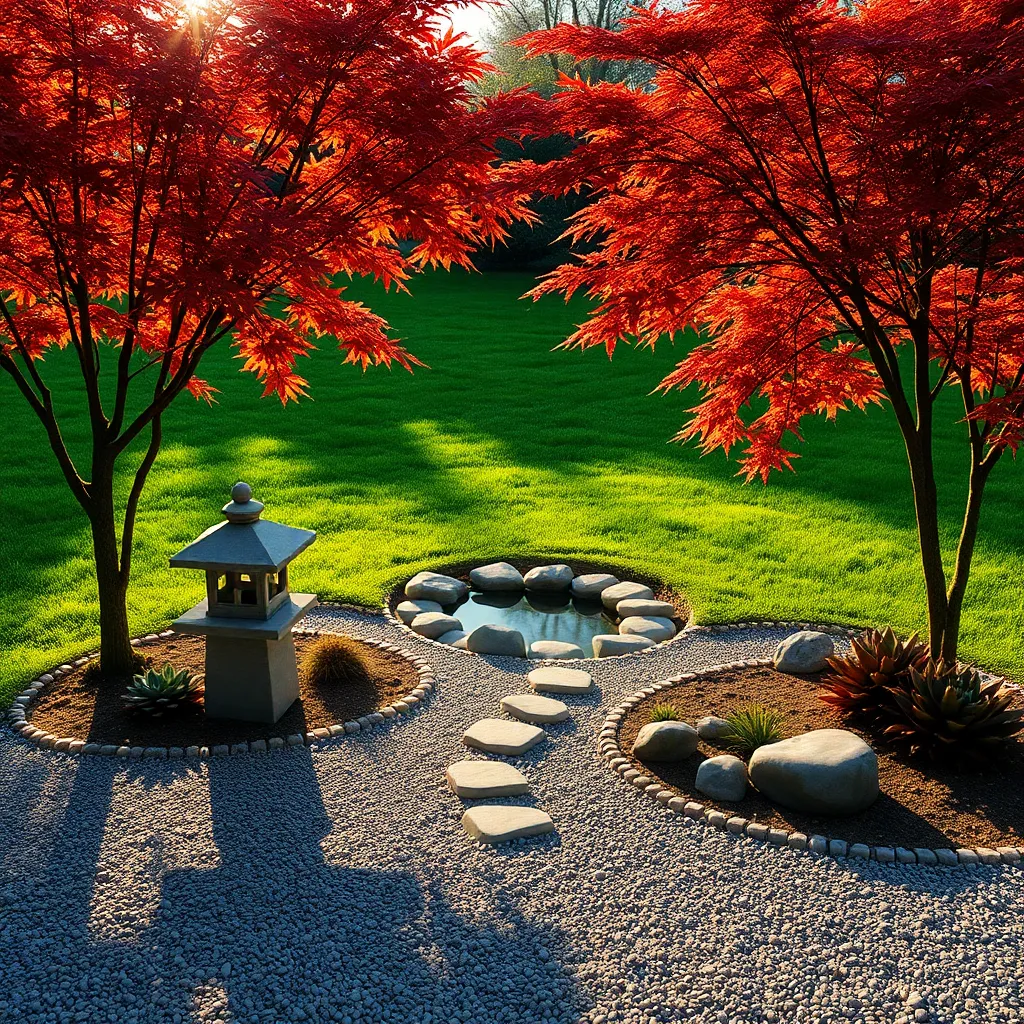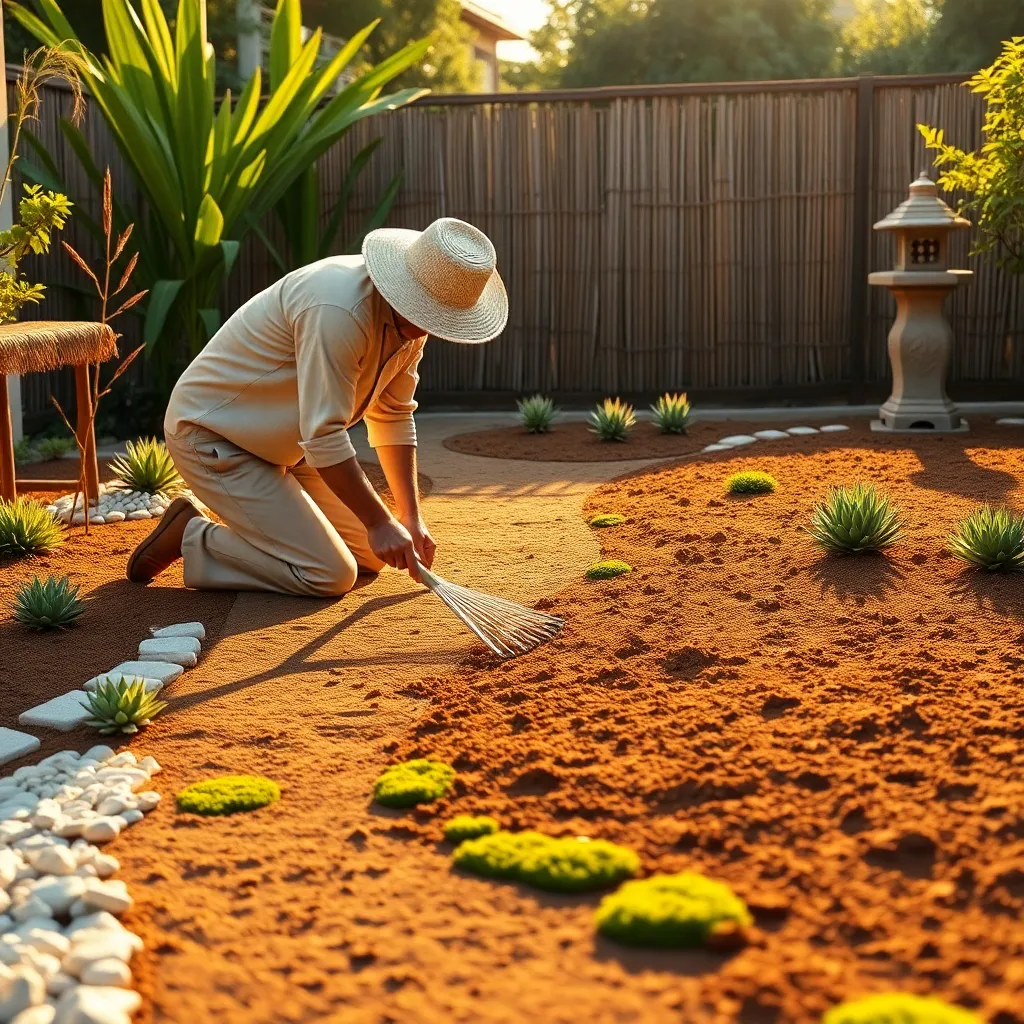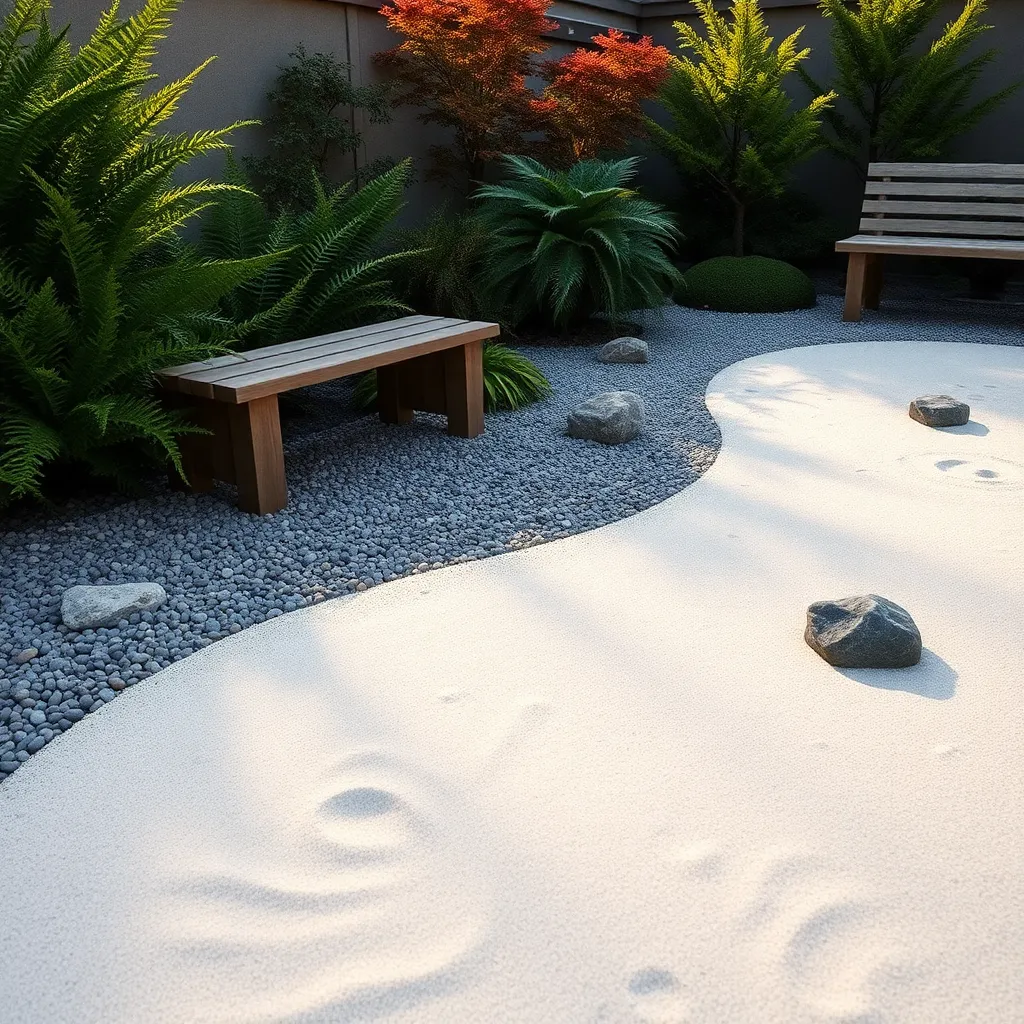Imagine stepping into your backyard and feeling a wave of calmness envelop you, as if you’ve entered a serene sanctuary far removed from the hustle and bustle of daily life. Creating a Zen garden can transform your outdoor space into a personal retreat where tranquility and mindfulness flourish, offering both novice and seasoned gardeners a unique opportunity to cultivate peace and beauty. Whether you’re new to gardening or have been nurturing plants for years, this project invites you to engage with your garden in a way that harmonizes with nature’s simplicity and elegance.
The art of Zen gardening is more than just arranging stones and raking sand; it’s a practice rooted in centuries-old traditions that focus on balance, simplicity, and natural flow. In this article, you’ll learn how to thoughtfully design your Zen garden, select the right materials and plants, and maintain your oasis over time. By the end, you’ll be equipped with the knowledge to craft a space that not only enriches your landscape but also enhances your well-being.
As you embark on this journey, you’ll discover that creating a Zen garden is as much about the process as it is about the final result. Embrace the opportunity to explore new gardening techniques and philosophies, and let your creativity guide you as you shape your peaceful haven. Whether you’re seeking to add a small meditative corner or a comprehensive retreat, this guide will provide you with practical steps to bring your vision to life, ensuring your backyard becomes a testament to tranquility and thoughtful design.
Select a Tranquil Location

Finding the perfect spot for your Zen garden is crucial to creating a peaceful retreat. Look for a location away from high-traffic areas to ensure it remains a place of tranquility and reflection.
Consider the natural elements surrounding your chosen site, such as existing trees or shrubs that could enhance the garden’s serenity. These elements can provide shade and add to the calming atmosphere while also offering a windbreak that protects delicate plants.
Ensure the ground is level to simplify the construction and maintenance of your Zen garden. If your space is on a slope, consider terracing the area to create a more stable and accessible layout.
Soil quality and drainage are vital considerations in selecting your garden spot. Opt for well-draining soil to prevent water from pooling, which is especially important if you’re incorporating sandy or gravel elements typical in Zen gardens.
Clear and Level the Ground

Once you’ve selected a tranquil location for your Zen garden, the next step is to clear and level the ground. Begin by removing any existing vegetation, such as grass, weeds, or shrubs, to create a blank canvas for your design. Use a garden spade or a hoe to dig out the roots and ensure no plant debris is left, as this will prevent regrowth.
After clearing the area, focus on leveling the ground, which is crucial for the serene and orderly appearance of a Zen garden. Use a rake to spread and smooth the soil, and check for evenness with a carpenter’s level or a simple board. Patience is key here, as a well-leveled surface will make arranging decorative elements much easier.
For best results, ensure the soil is well-draining, as Zen gardens often incorporate sand or gravel that shouldn’t become waterlogged. If necessary, amend the soil with sand or grit to improve drainage, especially in clay-heavy areas. Consider testing the pH level of your soil; slightly acidic to neutral soil (pH 6.0-7.0) is ideal for most plants.
Advanced gardeners may want to incorporate a gentle slope or mound to add visual interest without disrupting the garden’s peaceful vibe. Use a shovel to create these subtle elevations, ensuring they remain smooth and natural-looking. Remember to take your time with this process, as the foundation of your Zen garden sets the tone for everything else that follows.
Arrange Sand and Gravel Layers

After preparing a clear and level surface, it’s time to arrange the sand and gravel layers to form the foundation of your Zen garden. Begin by laying a layer of coarse gravel, as this helps with drainage and prevents weeds from infiltrating your serene space.
Next, cover the gravel with a layer of landscaping fabric, which acts as a barrier to further inhibit weed growth. This fabric also stabilizes the gravel, ensuring the top layers remain undisturbed during regular maintenance.
On top of the fabric, spread a layer of fine sand, ideally about two inches thick, to create a smooth and raked surface. Choose a sand color that complements your overall garden design; white or beige sands are popular for a classic Zen look.
For a more advanced touch, consider using different colored sands or gravels to create patterns or designs that mimic flowing water or waves. These patterns can be changed regularly, adding an element of meditation to the maintenance of your garden.
Place Stones and Boulders

Incorporating stones and boulders into your Zen garden is a crucial step that enhances its natural beauty and spiritual essence. Begin by selecting a variety of stones that differ in size and texture; this diversity mirrors the natural landscapes that Zen gardens aim to emulate.
Choose stones with a weathered appearance to add an authentic, aged feel to your garden. Ensure the rocks are free of sharp edges to maintain the serene and calming atmosphere that is characteristic of Zen gardens.
Position the stones thoughtfully to create focal points that draw the eye and encourage meditation. Place larger boulders first, as they serve as the anchor of your composition, and then arrange smaller stones around them to complement and balance the design.
For a cohesive look, bury a third of each stone into the ground. This not only adds stability but also gives the impression that the stones have naturally emerged from the earth over time.
Consider the symbolism of your stone arrangement; for instance, three stones placed together can represent the Buddhist triad of heaven, earth, and humanity. Always maintain a sense of asymmetry and simplicity, which are fundamental principles of Zen design.
- Use similar types of stones for a unified appearance.
- Experiment with different placements before settling on a final design.
- Avoid overcrowding; simplicity and space are key elements.
Add Plants and Water Features

Incorporating plants into your Zen garden adds life and tranquility. Opt for low-maintenance choices like Japanese maples and ferns, which thrive in partial shade and well-drained soil.
Both beginners and seasoned gardeners will appreciate the simplicity of bamboo as a plant choice. It can create privacy and a soothing rustling sound, but remember, it’s crucial to choose clumping varieties to prevent invasive spread.
To maintain a serene atmosphere, select plants with subtle colors and textures. Grasses like Japanese sedge can add gentle movement and are easy to care for, requiring minimal watering once established.
Adding water features can enhance the peaceful ambiance of your Zen garden. Even a small stone basin with a trickle of water can provide a soothing sound and a focal point.
When installing a water feature, ensure it’s positioned in a spot that receives dappled sunlight to prevent algae growth. Regularly clean the feature and check water levels, especially during dry seasons, to maintain its beauty and functionality.
Advanced gardeners might consider incorporating a Koi pond for a vibrant touch. This requires careful planning and maintenance, including balancing water chemistry and ensuring sufficient filtration.
Conclusion: Growing Success with These Plants
Creating a Zen garden in your backyard is more than a landscaping project; it’s a transformative journey that can enhance your relationships. By embracing simplicity and minimalism, you invite clarity and calm into your interactions. Incorporating natural elements fosters a grounded connection with your partner, while the art of placement encourages thoughtful communication. As you design pathways, you mirror the journey of navigating relationships with mindfulness and intent. Finally, the practice of continuous care and maintenance reminds us of the nurturing required to keep love thriving.
To bring this peaceful sanctuary to life, take the first step today by selecting a quiet corner of your yard and imagining how these principles can manifest in your space. Let this be the beginning of cultivating harmony not just in your garden, but in your relationships.
Bookmark this article as your guide to both creating a serene outdoor space and nurturing your connections. With these principles, you’re on a path toward deeper understanding and lasting relationship success. Remember, the seeds you plant today can blossom into a fulfilling future. Empower yourself to take action and revisit these insights whenever you need a reminder of the beauty and balance you can bring into your love life.







